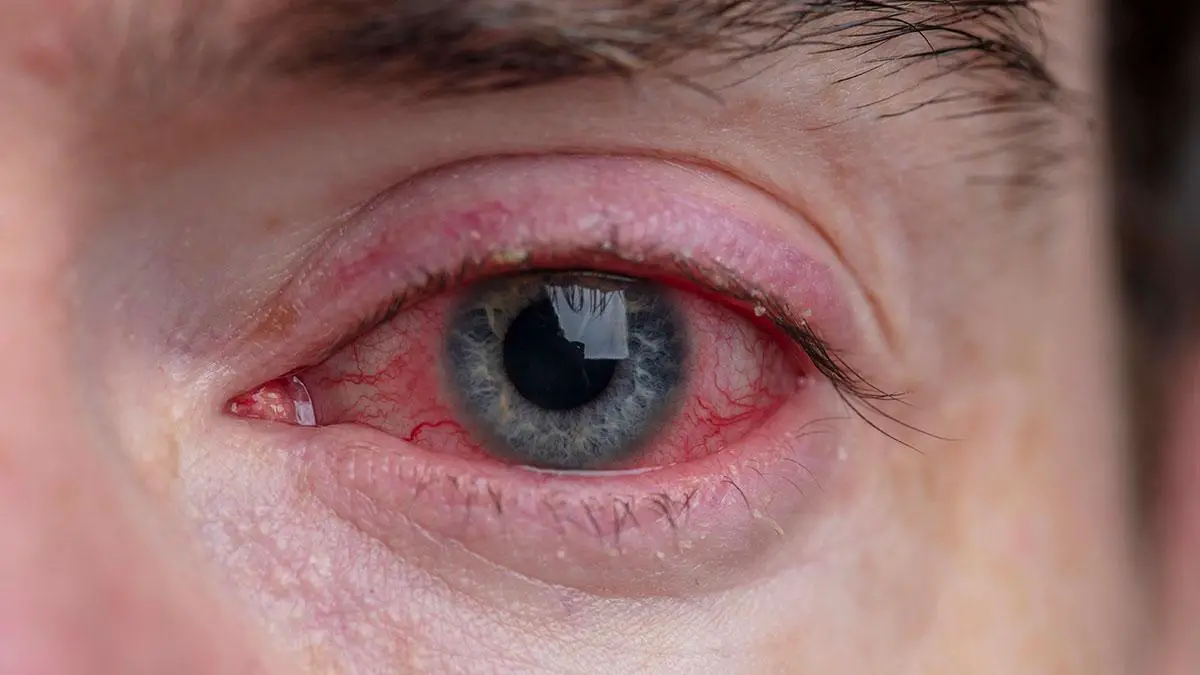Welcome to our comprehensive guide on conjunctivitis, a common eye infection that affects millions of people worldwide. We, at The Coin Savvy, are committed to providing you with the most accurate and helpful information to help you better understand and manage this condition. In this article, we will delve into the causes, symptoms, types, and treatment options for conjunctivitis, also known as pink eye.
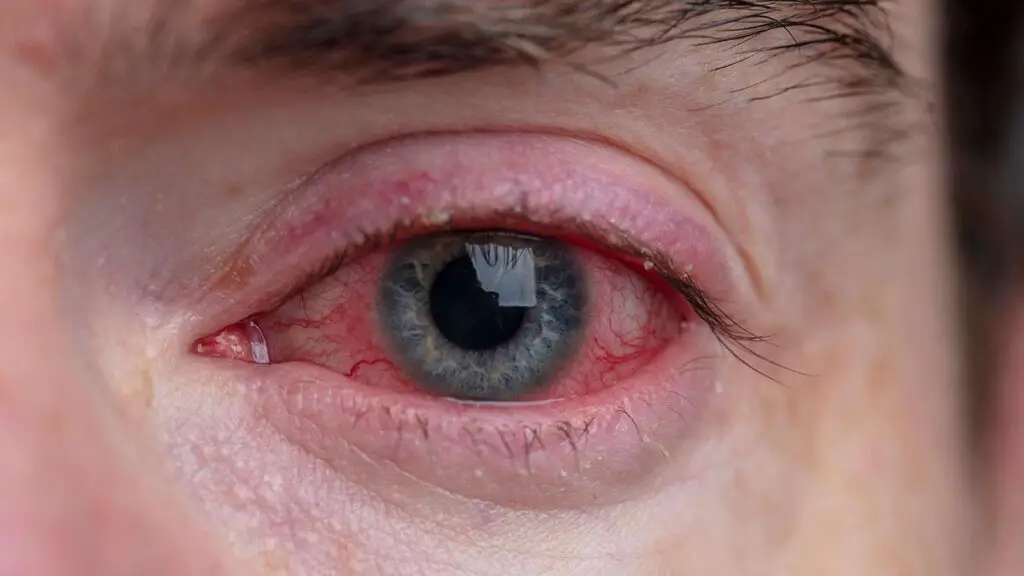
What is Conjunctivitis?
Conjunctivitis is an eye infection characterized by the inflammation of the conjunctiva, the thin, transparent layer that covers the white part of the eye and the inner surface of the eyelids. It can affect one or both eyes and is highly contagious in some cases, spreading through direct or indirect contact with infected individuals
Types of Conjunctivitis
There are mainly 3 types of Conjunctivitis:
1.Viral Conjunctivitis
– Viral conjunctivitis is the most common form of pink eye and is usually caused by the same viruses that lead to the common cold.
– It typically starts in one eye and can spread to the other eye within days.
– Watery discharge and sensitivity to light are common symptoms of viral conjunctivitis.
2.Bacterial Conjunctivitis
– Bacterial conjunctivitis is caused by various bacteria, and its symptoms may include eye redness, swelling, and a sticky discharge.
– Unlike viral conjunctivitis, bacterial conjunctivitis usually affects one eye initially and does not spread as rapidly.
3.Allergic Conjunctivitis
– Allergic conjunctivitis is triggered by allergens such as pollen, pet dander, or dust mites.
– It makes both eyes ache, get red, and weep a lot.
– This type of conjunctivitis is not contagious.
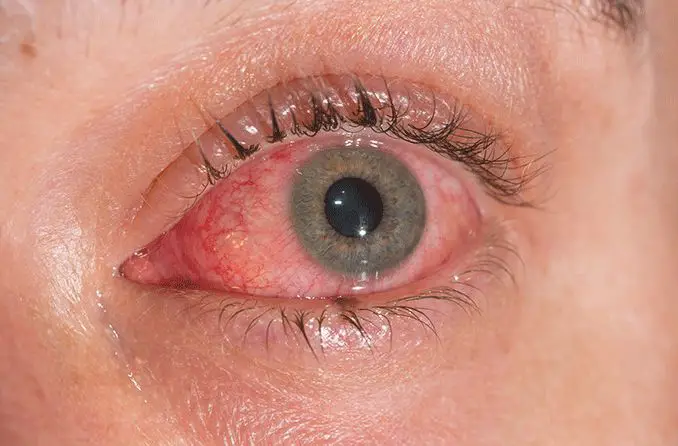
Causes of Conjunctivitis
Conjunctivitis can be caused by various factors, and understanding the root cause is crucial for effective treatment. Here are some common causes:
1.Viral and Bacterial Infections
– As mentioned earlier, viral and bacterial infections are primary culprits behind conjunctivitis.
– These infections can spread through direct or indirect contact with an infected person’s eye secretions.
2.Allergens
– Allergic conjunctivitis is triggered when the eyes come into contact with allergens.
– It could be due to seasonal allergens, pet dander, or exposure to dust and mold.
3.Irritants
– Chemicals, smoke, and other irritants can cause non-infectious conjunctivitis.
– Avoiding these irritants is essential to prevent the condition from worsening.
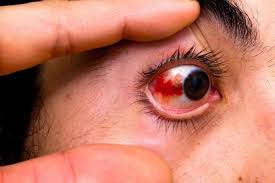
Symptoms of Conjunctivitis
Recognizing the symptoms of conjunctivitis is vital for early detection and appropriate treatment. These are some warning signs to keep an eye out for:
1.Redness of the Eye
– One of the hallmark symptoms of conjunctivitis is redness in the affected eye(s).
– The eye may appear bloodshot and feel irritated.
2.Watery or Thick Discharge
– Depending on the type of conjunctivitis, you may experience a watery or thick, colored discharge from the eye.
– Bacterial conjunctivitis often produces a green or yellowish discharge.
3.Itching and Burning Sensation
– Conjunctivitis can lead to intense itching and a burning sensation in the eyes.
– Avoid rubbing the eyes, as it can worsen the condition.
4.Swelling and Puffiness
– Swelling of the eyelids is common in conjunctivitis, especially in the morning.
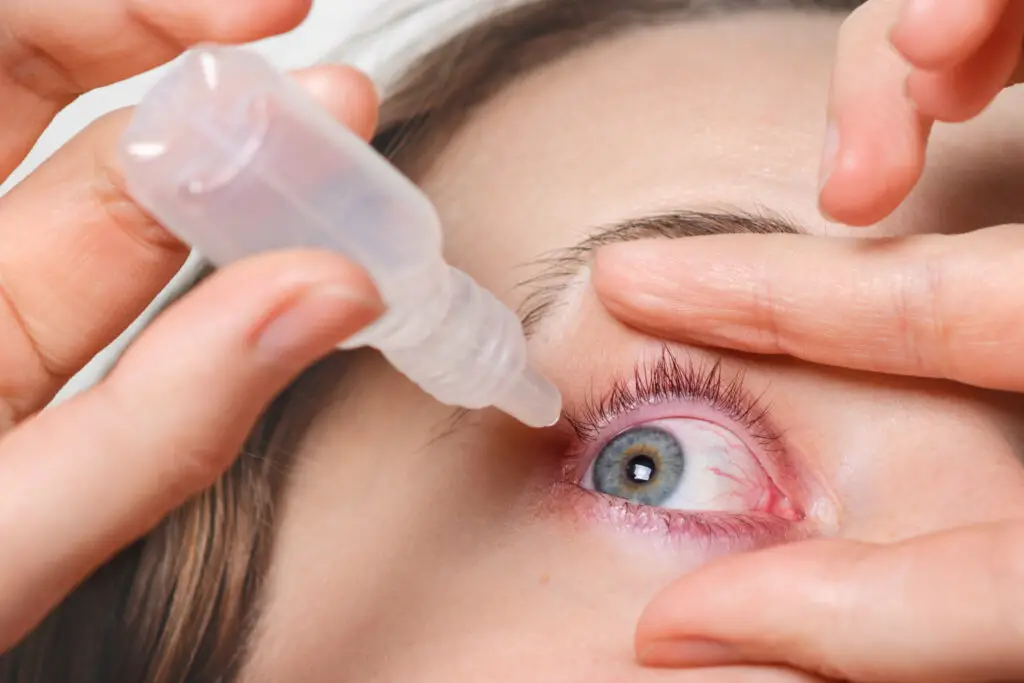
Treatment Options
If you suspect that you or someone you know has conjunctivitis, it’s essential to seek medical attention for proper diagnosis and treatment. Here are some common treatment options:
1.Artificial Tears
– For mild cases of conjunctivitis, lubricating eye drops or artificial tears can help soothe the irritation and discomfort.
2.Antibiotic Eye Drops or Ointments
– A healthcare provider’s prescription antibiotic eye drops or ointments are frequently used to treat bacterial conjunctivitis.
3.Antihistamine Eye Drops
– Allergic conjunctivitis can be managed with antihistamine eye drops to alleviate itching and redness.
4. Cold Compress
– Applying a cold compress to the affected eye(s) can help reduce swelling and ease discomfort.
5.Avoiding Contact Lenses
– If you wear contact lenses, it’s advisable to refrain from using them until the infection clears up completely.
6.Hygiene Practices
– Practicing good hygiene, such as washing hands frequently and avoiding touching the eyes, can prevent the spread of conjunctivitis.
Preventing Conjunctivitis
Prevention is always better than cure, and taking some preventive measures can significantly reduce the risk of contracting conjunctivitis:
1.Handwashing
– Always wash your hands after touching your eyes or after interacting with someone who has conjunctivitis.
2.Avoid Sharing Personal Items
– Refrain from sharing towels, pillows, or personal items with someone who has conjunctivitis.
3.Practice Cleanliness
– Keep your living spaces clean and dust-free to reduce exposure to potential allergens.
4.Proper Contact Lens Care
– If you wear contact lenses, ensure you follow proper hygiene practices and lens care guidelines.
Conclusion
Conjunctivitis is a common and treatable eye infection that can affect anyone at any age. By understanding its types, causes, symptoms, and treatment options, you can take the necessary steps to prevent and manage conjunctivitis effectively. If you suspect you have conjunctivitis, seek medical advice for a proper diagnosis and appropriate treatment.
Remember, your eye health is essential, and prompt action can lead to a quick recovery. If you take care of your eyes, you will be taken care of.
Read More: Conjunctivitis Demystified: Common Causes and Effective Home Remedies